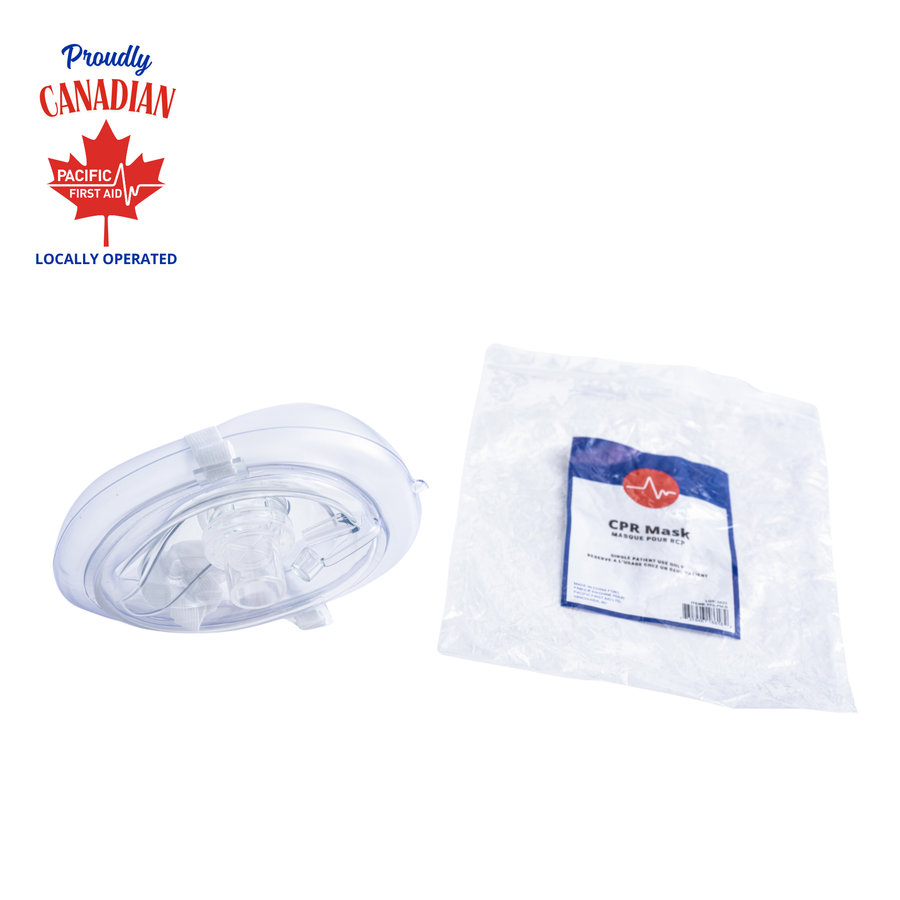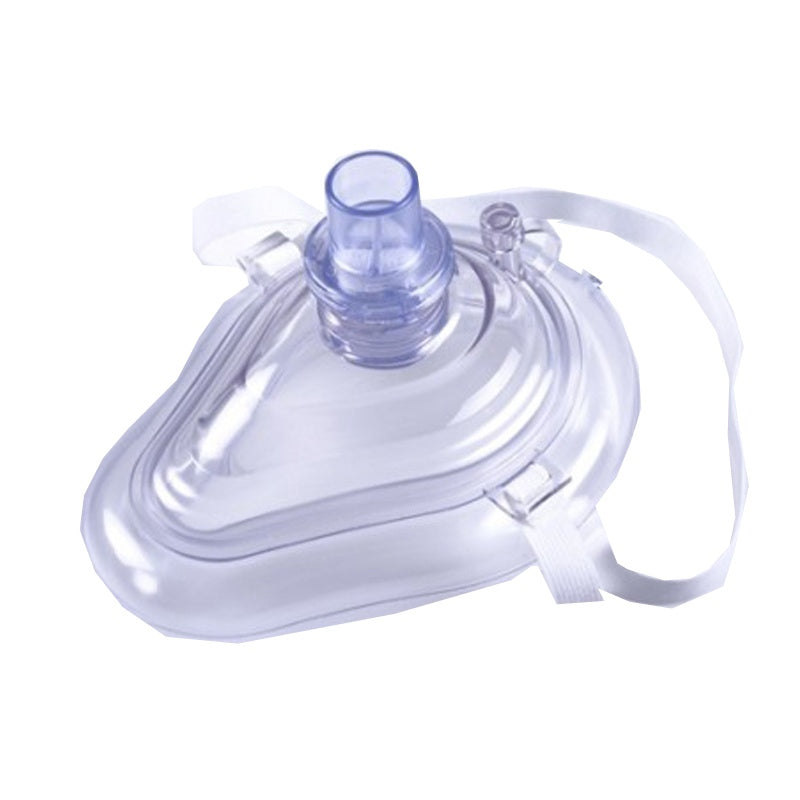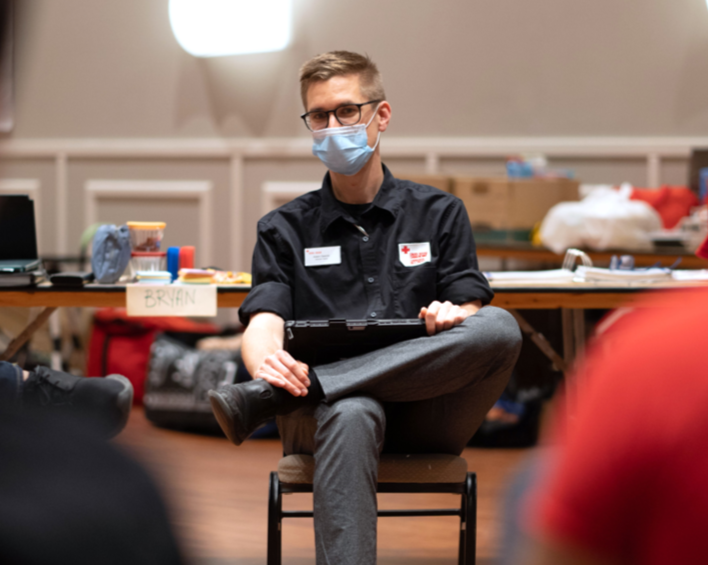
Top 10 food safety stories of 2018
Photo Credit: Natalie Rhea Riggs
Editor’s note: Today Food Safety News takes a look back at the Top 10 most important food safety news events for 2018. Since 2009 we’ve shared our rankings with our readers. As in past years, our Top 10 list for 2018 is not merely a list of individual stories by individual writers. Usually, a most important story is the other way around. Multiple stories by multiple writers are more likely to put a food safety “event” on top than any solo work. And, while reader intensity is important, the top food safety stories are chosen solely by the writers and editors of Food Safety News.
1. U.S. romaine repeatedly infected consumers with potentially deadly E. coli
In three consecutive outbreaks, romaine lettuce was named in 2018 as the source of nearly 300 infections that had sent 128 people to hospitals as of Friday. Six people have died. The U.S. and Canada food safety experts blame romaine for the E. coli O157:H7 outbreaks Some romaine was removed from store shelves two days before Thanksgiving Day, even though there weren’t any official recalls issued in relation to any of the three outbreaks at that time.
In the first outbreak, declared over in the United States on Jan. 25, 2018, Canada identified romaine as the problem while U.S. officials weren’t sure enough to say it was “leafy greens.”
In the second outbreak, declared over on June 28, 2018, the Food and Drug Administration warned the public about romaine from the Yuma, AZ, growing region. Weeks later the FDA cited contaminated water in an open-air irrigation canal as a likely source of the outbreak strain of the E. coli O157:H7. This romaine crisis was the most serious threat experienced by the fresh produce industry since the deadly 2006 outbreak of E. coli O157: H7 traced to fresh bagged spinach.
At year-end, the third outbreak was winding down with some progress in the investigation by FDA and the federal Centers for Disease Control and Prevention. They were able to name Adam Brothers Farm in Santa Maria, CA, as a possible source of the third outbreak. The outbreak strain of E. coli O157H:7 was found in the sediment of an irrigation reservoir on the family-owned farm in Santa Barbara County, CA.
2. Tiger Brands polony named as source of largest listeriosis outbreak in history
Popping champagne corks probably isn’t the way to mark the end of the world’s worst listeriosis outbreak on record. However when South Africa declared that event over on Sept. 3, 2018, the World Health Organization (WHO) sent its congratulations.
According to the National Institute for Communicable Diseases, the outbreak ended with 1,060 cases and 216 deaths between Jan. 1, 2017, and July 17, 2018. The outbreak was linked to ready-to-eat processed meat produced by Tiger Brands in its Enterprise Foods production facility in Polokwane, South Africa.
The outbreak strain of Listeria monocytogenes, known as ST6, was contained in South Africa. Enterprise Foods exports to 15 other African counties. Tiger Brands facilities in Polokwane and Germiston that closed because of the outbreak, reopened this month. Meanwhile, attorneys for the victims and Tiger Brands moved forward with a class action lawsuit that will sort of liability and damages in South Africa’s court as early as next March.
3. JBS USA spreads Salmonella across 28 states; posts first multi-million-pound beef recall in years
With foreign shareholders who are crooks, and plans to spin-off JBS USA from its Brazilian parent company through an initial public offering as early as 2019, the last thing JBS needed was a recall of more than 12 million pounds of beef from its Tolleson, AZ, facility. The related Salmonella outbreak has revived consumer calls in the United States for declaring as adulterants the more dangerous strains of Salmonella.
Among those who have not stepped forward with an opinion in the adulterant debate is Al Almanza, who headed USDA’s Food Safety and Inspection Service for a decade before being named as leader of worldwide food safety for JBS.
Meanwhile, the multistate Salmonella Newport outbreak has put 91 people in the hospital out of 333 confirmed cases to date.
4. McDonald’s, Del Monte among brands discovering parasite problems in U.S. produce
In July, McDonald’s was forced to pull salads from 3,000 restaurants in the United States out of fear they were infected with Cyclospora parasites. More than 100 customers were infected with cyclosporiasis from eating McDonald’s salads.
While that 14-state outbreak was being investigated, FDA and CDC were also busy with parasites being found in a Del Monte brand pre-cut vegetable and dip tray product.
The CDC declared the cyclosporiasis outbreak associated with the Del Monte product over on Sept. 5, 2018, reporting that 250 people had been infected across four states. Eight of the patients had to be admitted to hospitals. The FDA reported 2018 marked the first time the Cyclospora parasite had been found in produce grown in the United States.
5. FDA announces plans to release retail recall lists
Telling consumers the names of retailers where recalled food was sold might seem like a no-brainer. The USDA’s Food Safety and Inspection Service (FSIS) has been doing it for years. But only this past September did FDA publish draft guidance saying it too would be publicly disclosing retail locations that may have sold or distributed recalled human or animal food where there is a “reasonable probability” of causing serious adverse health consequences of death.
The FDA has long held that a clause in federal law that protects confidential corporate information (CCI) has blocked the agency from releasing such information.
In announcing the policy change, FDA Commissioner Scott Gottlieb said most recalls involve enough information for the consumer to identify and avoid the recalled product. But, he also said, some do not have any specific information, such as UPC numbers or barcodes, to help consumers
Deli cheeses, nuts, fresh fruits and vegetables sold individually and for animals, pet treats and rawhide chews are all examples of recalled foods where the consumer needs more information. That’s where FDA’s new policy to release the “retail consignee” lists will come into practice.
“Knowing where a recalled product was sold during the most dangerous food recalls can be the difference between a consumer going to the hospital or not,” Gottlieb said in the announcement, which he released between 2018’s spring and fall romaine outbreaks
6. Under-lying threats to food safety in Britain because of Brexit
The United Kingdom is leaving the European Union on March 29, 2019. It’s the law, regardless of whether there is a transition deal with the EU or not. That’s because U.K. voters decided by a 51.9 to 48.1 margin on June 23, 2016, in favor of Brexit, aka whether Britain should exit the EU. During 2018, however, considerable attention focused on whether food safety in the U.K. will be diminished moving forward.
A so-called “hard Brexit,” without an EU-UK transition agreement would pose the greatest safety concern, according to some. For example, the U.K. would be open to importing U.S poultry that has been subjected to the chlorine-washing. The EU banned the practice in 1997. Differences in allowable pesticide levels are another stumbling block. Likewise, U.S. pork may contain Ractopamine, but its use is banned in the E.U. Likewise, the U.S. is freer with food additives and using chlorinated water to disinfect leafy vegetables.
To be sure, the E.U. is as motivated by moves to keep the United States out of its agricultural market as it is to ensure food safety. In the House of Commons, the Environment, Food, and Rural Affairs (EFRA) Committee wants any Brexit-related trade deal to meet or exceed British standards for production, animal welfare, and the environment. If there isn’t a “hard Brexit,” it will follow the 585-page agreement reached on Nov. 14. It has no table of contents or index.
7. FDA Commissioner Scott Gottlieb emerges as a top newsmaker and a food guy
The 23rd Commissioner of the Food and Drug Administration, Dr. Scott Gottlieb finds himself in a war against overdoses led by Fentanyl and heroin that will take an estimated 72,000 lives in 2018. It would be understandable if Gottlieb did not have time for anything else.
But the physician, medical policy expert, and public health advocate who previously served as the FDA’s Deputy Commissioner for Medical and Scientific Affairs — and before that, as a senior advisor to the FDA commissioner — is turning out to be the agency’s man for all problems and issues. Since he became commissioner on May 11, 2017, Gottlieb has become one of Washington D.C.’s top experts who is frequently, almost routinely, in the news. And while his background in drugs and technology might suggest otherwise, Gottlieb is also showing plenty of interest in the nation’s food.
He’s implemented menu labeling with calorie counts for food items, called for FDA to release retail lists for recalled products in some instances, plans to add sesame to the list of major allergens that must be included on food labels, and promised to make more robust use of mandatory recall authority. Gottlieb’s deep dive against opioids has also included leading FDA’s destruction and recall of dietary supplements and other products that contain kratom. This has included forcing kratom-containing products off the market. Gottlieb says “no kratom product is safe.” A number of kratom products, from various companies, have been found to be contaminated with foodborne pathogens.
7. FDA recruits two of the private sector’s food safety stars
In a reorganization of the FDA’s food and feed side, Frank M. Yiannas was named the agency’s commissioner for food policy and response, and Jim Gorny was hired as senior science adviser for produce safety.
Both left top food safety jobs in the private sector in 2018 to take their new positions at the FDA. Yiannas and Gorny were both recognized by their colleagues in industry, government, and academia as among the best in food safety.
Yiannas, 54, was vice president for food safety over Walmart and Sam’s Club stores worldwide. Gorny was vice president for food safety and technology at the Produce Marketing Association.
In recruiting Yiannas and Gorny, FDA picked up two impact players. Yiannas had just imposed “end-to-end” traceability for fruits and vegetables sold at any of the 11,718 Walmart and Sam’s Club’s stores in 28 countries around the world before accepting the FDA job. He’s taking over for Dr. Stephen Ostroff, who retires next month.
Gorny is back at FDA just in time to manage the ongoing romaine crisis. From 2009 to 2013, Gorny was a senior advisor in FDA’s Office of Food Safety. He was involved in the initial development of the Food Safety Modernization Act (FSMA) draft regulations after the law was signed into law in 2011.
9. Senate didn’t find time to confirm Brashears as top U.S. food safety official
Five years and one week ago, Dr. Elisabeth Hagen left government, stepping down as Under Secretary of Agriculture Safety. Mindy Brashears, PhD, is professor and director of the International Center for Food Industry Excellence at Texas Tech University and was nominated to fill the post by President Donald J. Trump May 4, 2018.
The Senate Committee on Agriculture, Nutrition, and Forestry, after a Nov. 28 public hearing, unanimously recommended her confirmation to the full Senate on Dec. 5. But, the Senate finished out the 115th Congress without bringing her nomination to the floor for a final up or down confirmation vote.
Among the reasons it did not happen is the fact the Senate’s attention was elsewhere, cutting prison terms and doling out the Farm Bill goodies. Also, Brashears was just another name among several dozen others requiring confirmation for jobs the Senate does not consider that important. Under Senate rules, the minority party is powerless to stop a presidential nominee but it can demand up to 30 hours of floor time to debate even non-controversial appointees. The Senate did not have floor time for Brashears in 2018. The nation’s top food safety post remains vacant.
For what it is worth, the White House will likely resubmit Brashears nomination to the new Congress, and the Senate will assign it back to the Senate Committee on Agriculture. Thirteen top USDA jobs require Senate confirmation of a presidential appointee. Eight of those positions are currently filled with a Trump appointee who has been confirmed by the Senate. The nominations of Naomi Earp as Assistant Secretary of Agriculture for Civil Rights,and Scott Hutchins as Under Secretary of Agriculture for Research, Education, and Economics also failed to win confirmation before time ran out.
10. Salmonella outbreak turns lens on kratom as an opioid
Kratom started the year as a plant known for its stimulant effects and as an “opioid substitute.” But after a 41-state outbreak of Salmonella infections linked to kratom products, the Food and Drug Administration changed its view. Kratom is also known as Thang, Kakuam, Thom, Ketom, and Biak.
“Kratom is not legally marketed in the United States as a drug or dietary supplement. Kratom is an opioid, is addictive and has been linked to severe health consequences and deaths among users,” said a July 3 FDA report.
“Despite these risks, we know that kratom has grown in popularity in recent years due to unsubstantiated claims about its purported benefits,” it continued. “It appears the salmonella problem with kratom uncovered earlier this year has probably been occurring for some time and is ongoing. We have closed our outbreak investigation, concluding that anyone consuming kratom may be placing themselves at a significant risk of being exposed to salmonella.
“As we have previously stated, there are no proven medical uses for kratom and the FDA strongly discourages the public from consuming kratom. The subsequent findings of this investigation only strengthen that public health recommendation. Kratom is an inherently addictive product that can cause harm, which is reason enough not to consume it. Now, in addition to those risks, we can conclude that there may be a high proportion of kratom and kratom-containing products contaminated with salmonella. It’s another firm reminder of why people should avoid kratom,” FDA added.
In 2018, at least 199 people in 41 states were infected with Salmonella from kratom projects with names like “Powerful Red Vein Ball” and “Super Green Maeng Da.” The outbreak saw at least 50 people admitted to hospitals. No deaths were recorded. The kratom-linked outbreak included infections from several types of Salmonella — Salmonella I 4,,12:b:-, Salmonella Heidelberg, Salmonella Javiana, Salmonella Okatie, Salmonella Weltevreden, and Salmonella Thompson.
Although the kratom-linked outbreak ended in May, FDA picked up its enforcement actions, mainly by warnings to “unscrupulous vendors” making scientifically unsubstantiated claims including to “relieve opium withdrawals” and to treat a myriad of ailments including but not limited to: diarrhea, depression, diabetes, obesity, high blood pressure, stomach parasites, diverticulitis, anxiety and alcoholism.
“Simply, selling these unapproved kratom products with claims that they can treat opioid withdrawal and addiction and other serious medical conditions is a violation of federal law,” said FDA Commissioner Scott Gotlieb.
Also by year-end, a Kratom Trade Association (KTA) was up and running, calling kratom “the natural, coffee-like herb associated with better health and well being.” The KTA says it’s “dedicated to the safe and responsible use of kratom botanical products in the U.S.”
Sourced from: Traincan
For more first aid news, food safety news, food safety training, first aid training, first aid supplies and more visit us at: Pacificfirstaid.ca







